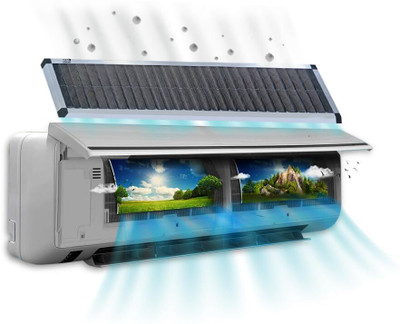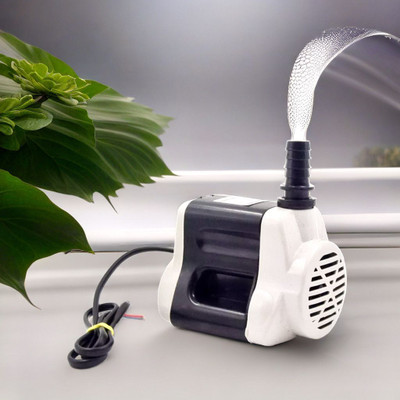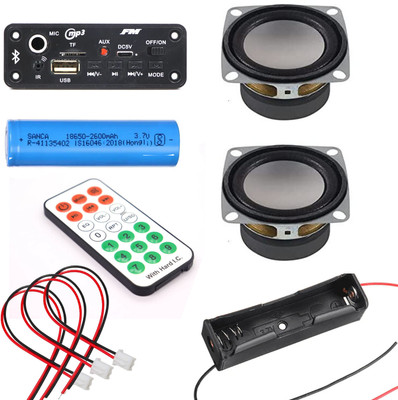
Latteys Submersible V4 or 4 inch Submersible PumpLV4/LO001/1.5HP/15St/-/32mm/SP Submersible Water Pump (1.5 hp)
Price: Not Available
Currently Unavailable
Warranty
1year
Highlights
- Single-phase Water Pump
- In-built Thermal Over Load Protector
- Power Rating: 0.745 kW
- Power Supply: 230
- Motor Power: 1.5 hp
Description
A water pump motor is an electric motor specifically designed to power a water pump. It is responsible for generating the mechanical energy required to drive the impeller or turbine inside the water pump, creating the necessary pressure to move water from one location to another. Water pump motors can be used in a wide range of applications, including residential, commercial, and industrial settings. The design and specifications of a water pump motor can vary depending on its intended use. Some common features and characteristics of water pump motors include Power Rating: Water pump motors come in various power ratings, usually measured in horsepower (HP) or kilowatts (kW). The power rating determines the motor's ability to move water efficiently. Enclosure: Water pump motors are typically enclosed in a protective housing to shield them from environmental factors such as dust, moisture, and temperature fluctuations. Common types of enclosures include open drip-proof (ODP), totally enclosed fan-cooled (TEFC), and submersible. Construction: Water pump motors are built to withstand the demanding conditions often encountered in pumping applications. They may feature durable materials such as cast iron, stainless steel, or aluminum to ensure longevity and resistance to corrosion. Control and Protection: Water pump motors may incorporate various control and protection features, such as thermal overload protection, voltage and current sensing, and motor starters. These features help prevent motor damage and ensure safe operation. Efficiency: Energy efficiency is an important consideration for water pump motors, especially in applications where continuous operation is required. Higher efficiency motors can help reduce energy consumption and operating costs.
Read More
Specifications
In The Box
|
General
| Brand |
|
| Model Name |
|
| Type |
|
| Usage Type |
|
| Flow Rate |
|
| Total Head |
|
| Net Quantity |
|
Dimensions
| Width |
|
| Height |
|
| Depth |
|
| Weight |
|
Warranty
| Warranty Summary |
|
| Service Type |
|
| Covered in Warranty |
|
| Not Covered in Warranty |
|
Power Features
| Phase |
|
| Thermal Over Load Protector |
|
| Power Supply |
|
| Power Rating |
|
| Motor Power |
|
Be the first to ask about this product
Safe and Secure Payments.Easy returns.100% Authentic products.
Back to top








